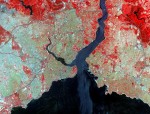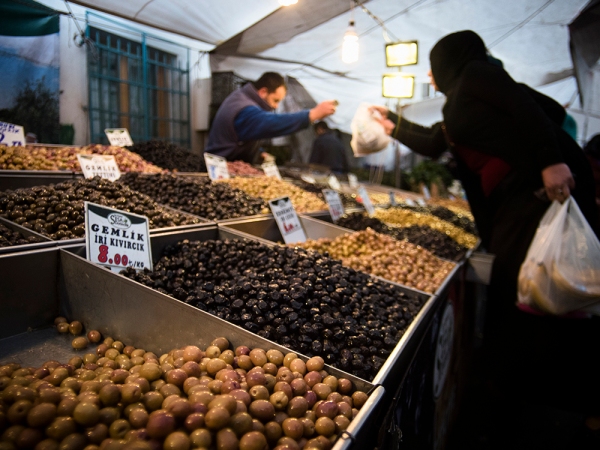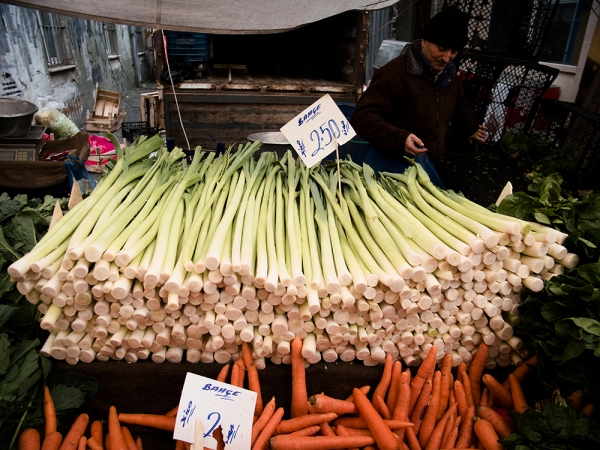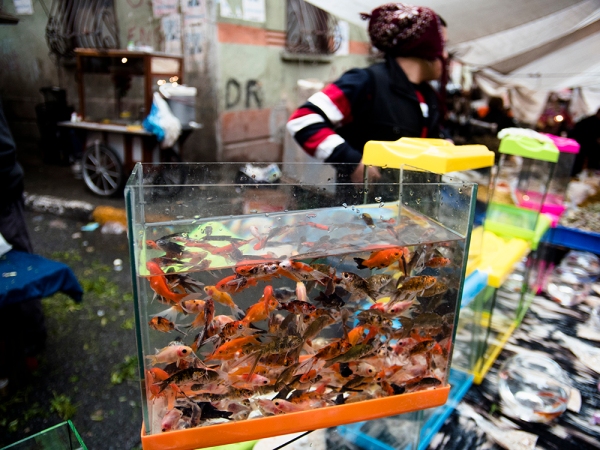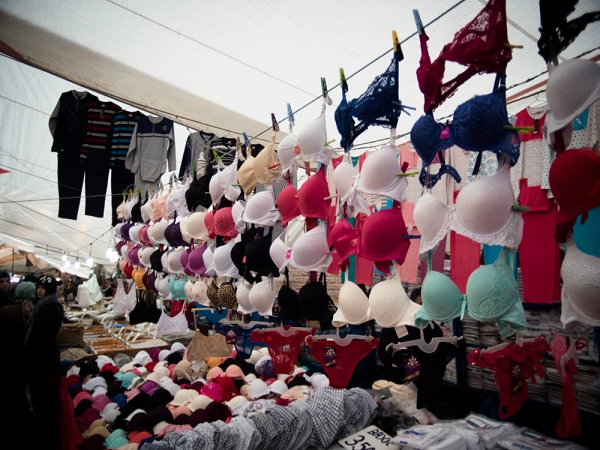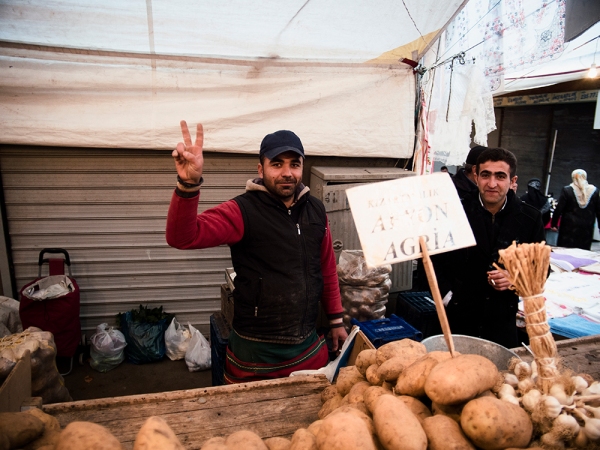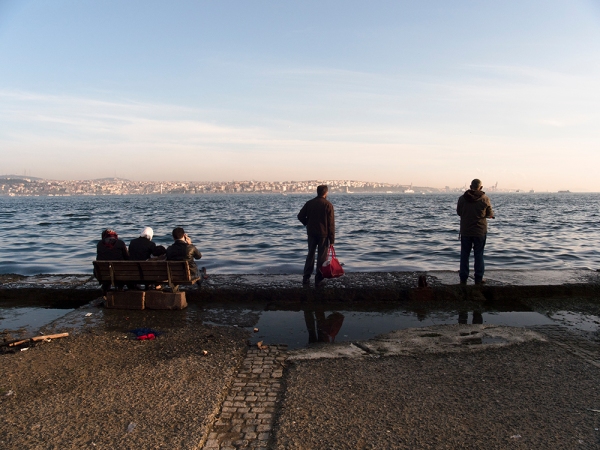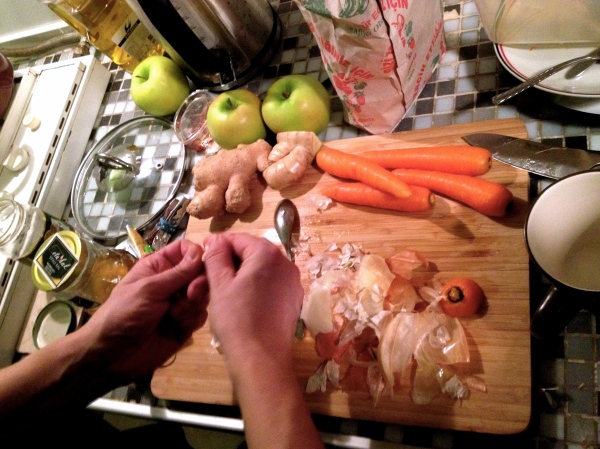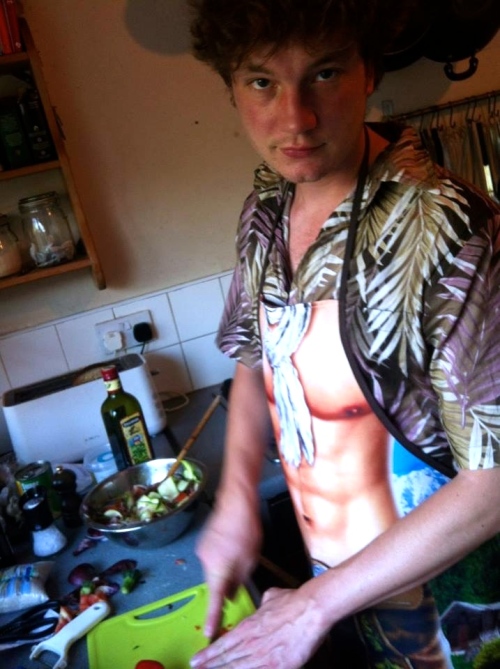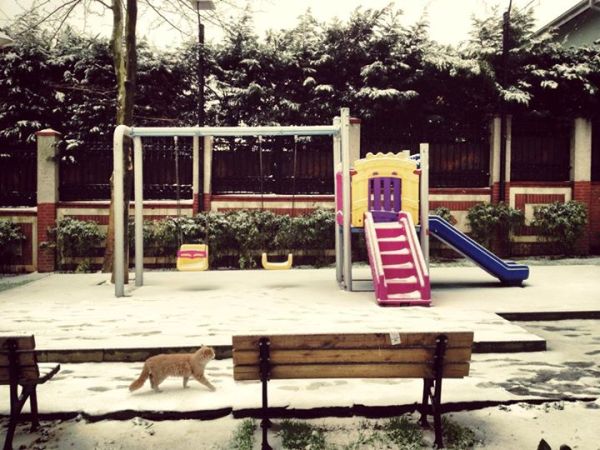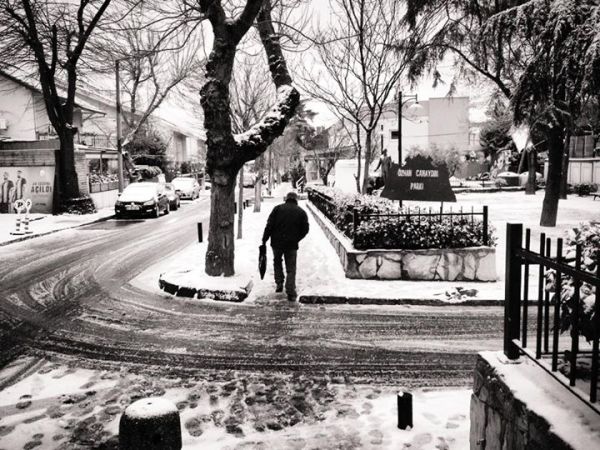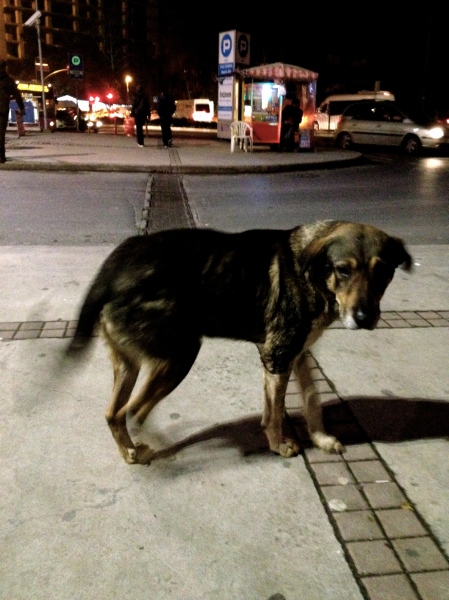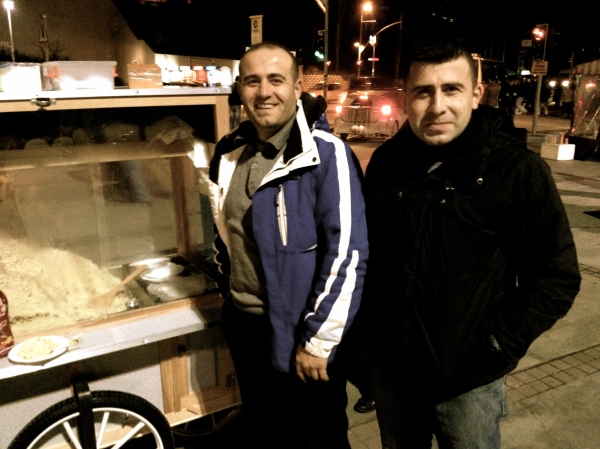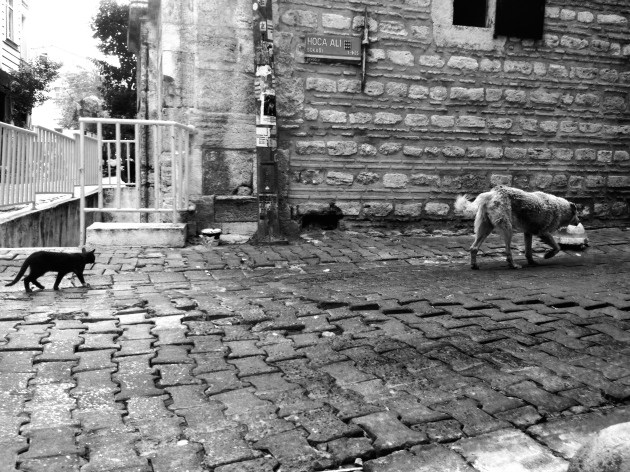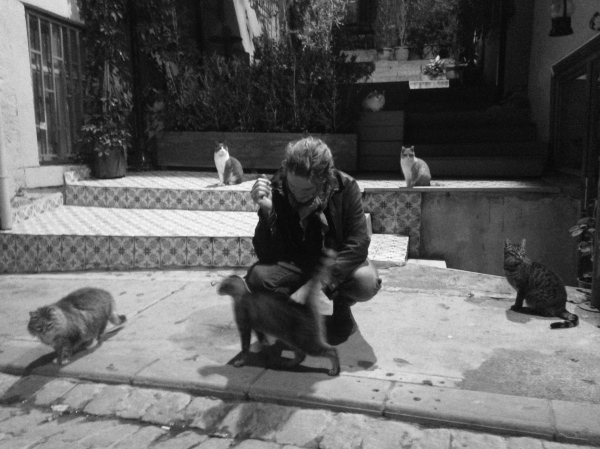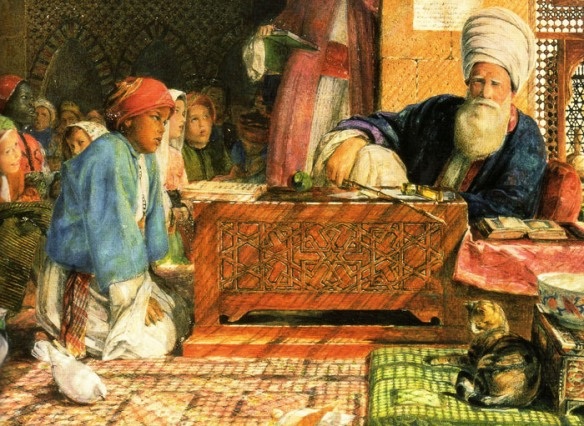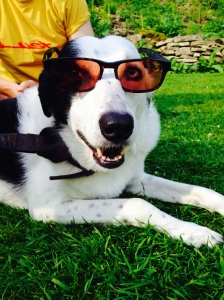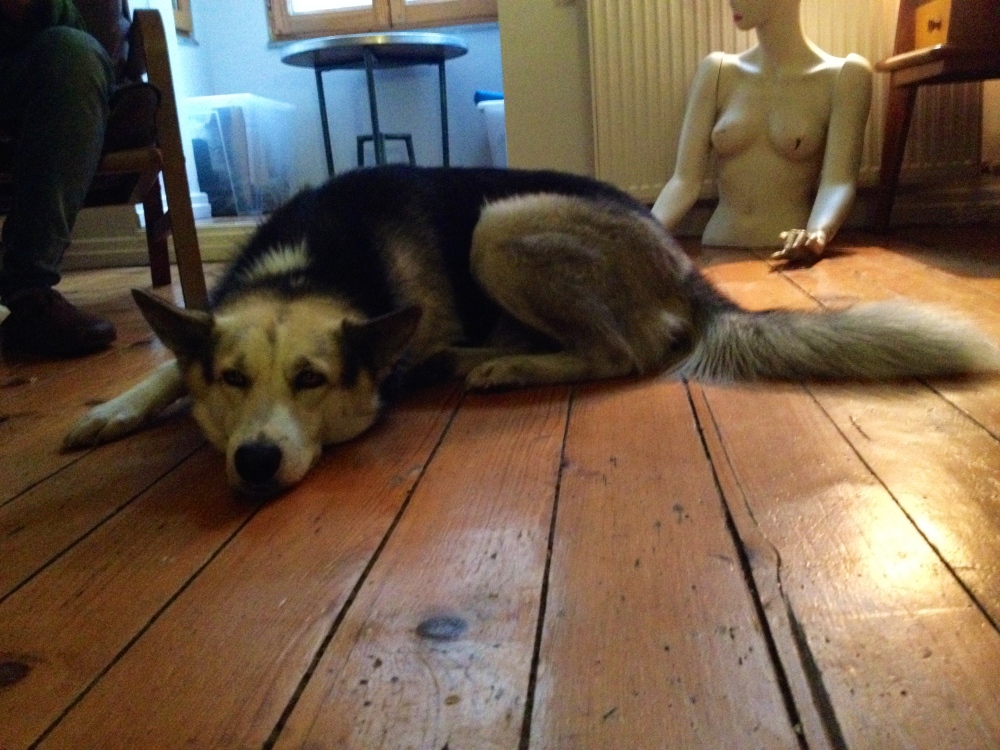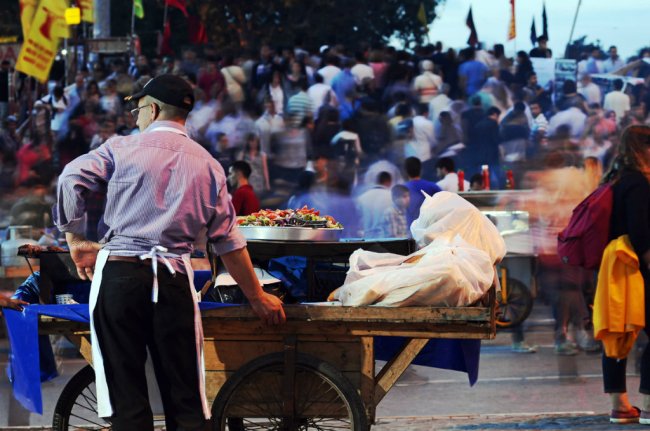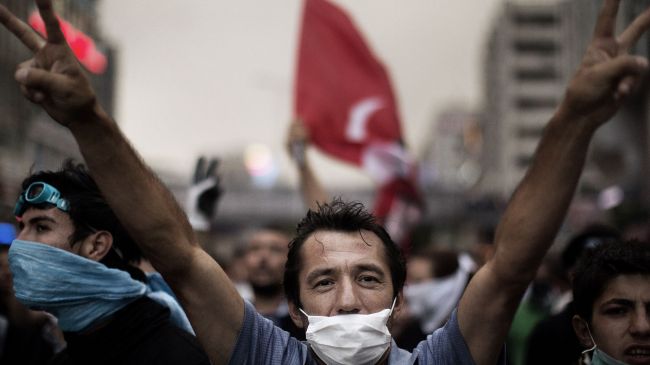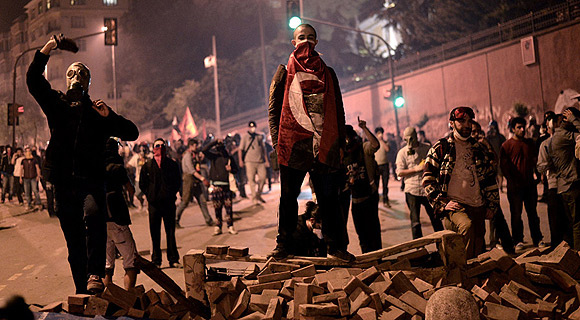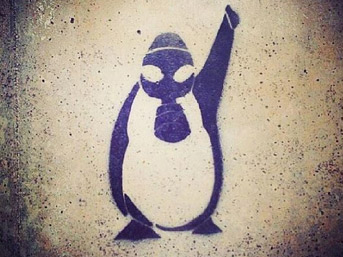“Nothing behind me, everything ahead of me, as is ever so on the road.”
― Jack Kerouac, On the Road

Recently, Oli and I had to start thinking about what to do with our faithful ‘Van of Dreams’, now that we have settled in Istanbul and no longer live on the road. At first, we thought we might be able to keep it parked up within the city, but the insurance and residency issues proved us wrong. We contemplated having the van scrapped, but it was too hard to say goodbye. Just when we had begun to lose hope of ever finding a financially viable solution, our Turkish friends came to the rescue. With their help, we planned to drive the van to Greece and to have a little holiday while we were at it. In homage to our long road trip from Bristol to Istanbul this summer, we would drive the van to the picturesque town of Kavala and leave her there for a long winter sleep.

Last weekend, we set off along the highway around noon. We drove into the dull afternoon fog, passing through the outskirts of Istanbul with its dilapidated buildings, ancient malls and crumbling shopping complexes, so colossal they could rival any of those in the US. We passed numerous furniture stores, lamp shops, car dealerships, and other mass domestic outlet stores, the kind that tend to border every large metropolis. I peered upward at the half-built skeletons of skyscrapers, leaning upwards into the yellow mist, their turrets piercing the hazy heavens. I smiled at the bizarre sight of numerous street dogs sitting on grassy islands in the middle of the highway, watching the cars zoom by, like kings of their rather spurious castles. Everything is such an eccentric contradiction in terms in Istanbul. The city’s wonderfully mixed landscape results in an incongruous juxtaposition between glamour and lackluster, which has become characteristic of my personal Istanbul experience. In stark contrast to the bustling inner city, many of the outskirt areas look like industrial ghost towns and haunted theme parks, long abandoned by shoppers in some kind of apocalyptic frenzy. The terracotta and pale green high-rises are beyond ugly, with a hint of the communist style about their architecture and posture. The shimmering new-builds intermingled with old 70s structures clash spectacularly with the dirty scaffold-clad cottages and wooden shacks. Yet, there is a kind of harmony to be found within the discord between the urban chaos of Istanbul’s busy core and her bleak peripheries. Indeed, the visual contrast between the inner and outer city is one of the paradoxical factors that makes Istanbul such a fascinating place.
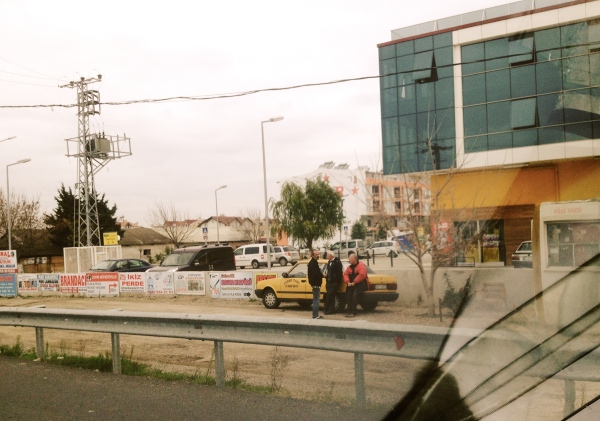
While the affluent inner city zones of Istanbul have a distinctly European feel to them, the rural areas look more Eastern by comparison. Poverty in the outskirts is far more apparent. As we drove, I watched the rural scenery flash by my window; I saw weather-beaten men with sagging leathery faces sitting outside rickety wooden shacks with glassless windows, clay fields sprouting the odd pitiful crop, black pot-hole-riddled roads, colonies of ancient rusted satellite dishes scattered across every rooftop, horses and carts, twisted and leafless trees, children running back and forth in the dirt and shepherds herding sluggish sheep along the roadside.
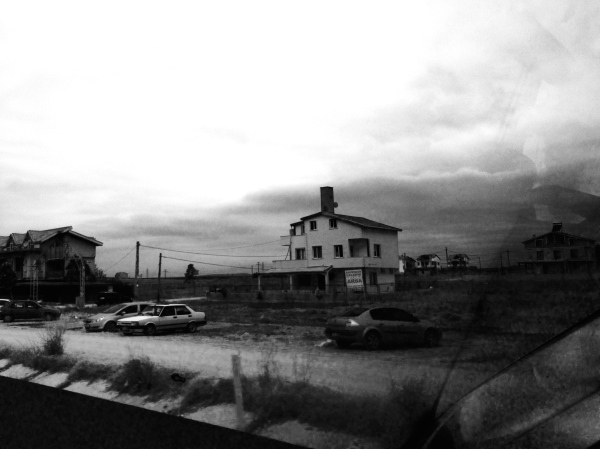
On the whole, the landscape looked more like an Asian countryside than one surrounding a hyper-developed, heaving metropolis. As we drove on towards the Aegean Sea, we approached a stunning skyline punctuated by curvaceous hillsides littered with small houses. The late afternoon sun provided a golden backdrop to the mosques, which towered majestically over the other buildings. Gulls soared low beneath the purple haze of fog, hovering just above the water’s surface. We stopped at a restaurant to eat köfte (traditional Turkish meatballs). We spoke to our waiter about how the meat is sourced and prepared. He told us about the company’s private farm and invited us to visit any time. After lunch, we drove along the waterfront with a clear view of the ocean, waves lapping up to the roadside on our left and flat wasteland to the right. Eventually, the buildings drifted away behind us and the landscape began to simplify. Approaching the Turkish-Greek boarder, we rolled through a patchwork of rich brown and green hillsides, sloping away from us against the foggy horizon.

Suddenly, our peaceful drive was interrupted. Ahead of us, a huge lorry began jerking aggressively into our lane. Oli managed to overtake it and keep driving, however, while he was watching the lorry speeding behind us in his rear-view mirror, a stray dog wondered into the road in front of us. I yelped “Dog” abruptly and Oli swiftly wrenched the steering wheel to the left. We went swerving violently across the road with a jerk that sent everything in the van, including us, flying. The whole event must have happened over the course of one second, yet it felt like we were moving in slow motion, as though floating within a gravity-less capsule. For a moment I was convinced we were going to crash into the central reservation. But thankfully, after zig-zagging across the road, Oli managed to quickly steer the van back in line and still avoid hitting the dog. Cansue and Gokhan, who were driving ahead of us, witnessed our near death experience in their wing-mirror and immediately phoned to check that we were okay. Frazzled, but unharmed, we continued on our journey Northwest.

The bronze mud fields surrounding us stretched as far as the eye could see on either side of the highway. The road narrowed as we slipped away from the city, into the country scene, with only the occasional mosque to remind us that we were in fact still in a Muslim country. This was the first time that I had managed to get away into nature since moving to Istanbul. It felt nostalgic and comforting; it reminded me of all those years I spent taking long country walks amid the greenery of Southwest England. Driving through the beauty and peace of hill-slopes, streams and trees made me realise how much I had been craving a getaway from city-life.

By the time we crossed the Greek border the sun had begun to set. The sky was split into fragments of clotted creamed-like clouds, through which golden beams of light escaped. The Greek landscape is noticeably different from that of Turkey’s. Seemingly, the invisible line that separates cultural and ecological characteristics of the two countries is more visually distinct than one might initially imagine. Having passed through the flat Turkish planes surrounding Istanbul, we began to climb into the relatively mountainous Greek countryside, strewn with poplar and olive trees. Everything was drenched in the warm blue tones unique to Greece. Due to the twilight, sky and land alike were tinged with a beautiful indigo glow. The wavy silhouette of the hills surrounded us as we raced along the smooth European-style motorway.

At a time when my own mother country is considering leaving the European Union all together, the noticeable difference between non-EU and current EU road systems is striking — for British travellers at least. Suddenly, after crossing the border, the potholes gave way to perfectly tarmacked, smooth roadways; metal barriers and tall, brightly lit street lamps lined every strip, like soldiers standing to attention.
After a long drive, we finally arrived in the gorgeous little coastal town of Kavala, a pretty, hillside settlement where orange trees line the cobbled streets. It was perfect — a welcome sight after growing so used to the hectic mishmash of Istanbul’s inner city network, chock-a-block with obtrusive buildings obscuring every vantage point. While November had been cold and wintery in Istanbul, Kavala’s climate was surprisingly warm for the time of year. The air felt soft around my face and ears like the breeze on a cool summer night. The atmosphere was one of distinct calm. I stepped out of the van and looked around at the glistening lights of the restaurants and hotels that line the coast.

We checked into our hotel and set off for the Anatolia taverna. We went to meet a friend of Gokhan and Cansu’s called Stavros, who had very kindly offered to store our van at the taverna where he worked. We had dinner together while Stavros played guitar with his band on a small stage by our table. The log fire crackled comfortingly as we gorged ourselves on too much good food and red wine. After his performance, Stavros came to sit with us and we got to talking about Politics — with a capital P. Stavros comes from a small village about 15 kilometers away from Kavala and has lived in the region his whole life. He told us about how scared he feels every day living in Greece at the moment because of the country’s economic situation: “Every day, when you wake up, you never know what the day will bring here”. Stavros’s face was stern when he spoke, his thick eyebrows shadowing piercing dark eyes.

Oli and I listened intensely as Stavros spoke on about the depressing financial state of Greece and as Gokhan and Cansu told us about how disillusioned Turks feel with their current political party. Of course the conversation naturally moved onto historical relations between the Greek and the Turkish states, which to this day remain anything but simple. Stavros reiterated that alternating periods of mutual hostility and reconciliation have marked the intertwined histories of these neighbouring countries. Ever since Greece won its independence from the Ottoman Empire, the two neighbours have faced each other in four major wars and continued to argue at length about who invented the yaprak sarma (stuffed vine leaves).

The longstanding Turkish-Greek division has seen both countries suffer mass violence, corruption and prejudice, as well as the genocide of more than 3.5 million Ottoman Greeks, Armenians, and Assyrians, who were killed under the successive Turkish regimes of the Young Turks and Mustafa Kemal. Stavros, Cansu and Gokhan spoke for a long while, in perfect English, reflecting on the relationship between their respective mother countries. We all agreed that both sides have shed much blood, sweat and tears over issues far too complex to summarise or reconcile. However, both the conversation and the wine flowed on.

Cansu, whose family have owned and run a hotel in Taksim for many years, told us a story about her recent meeting with an elderly Greek in Istanbul, who had “Contacted the hotel’s reservation manager and told him that he used to live in one of the apartments before it was a hotel in the 1960s”. She recalled how wonderfully bizarre it was that “The Greek man and his wife arrived and stayed in room 102, which used to be their living room.” It transpired that when the man had lived on the first floor of the then apartment building as a young teenager, he and Cansu’s great grandparents (who had owned the original apartment building before converting it into a hotel) had been neighbours.
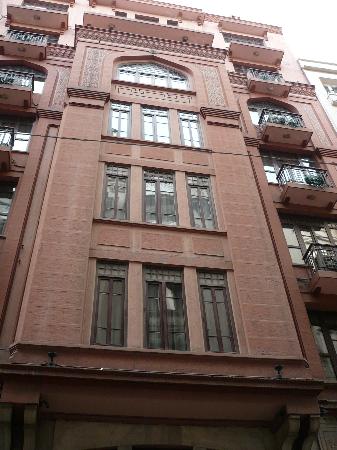
The old man told Cansu that he had very fond memories of her family. He recalled Cansu’s great-grandmother especially fondly, as during the 60s a law was put into place in Turkey decreeing a wealth tax, which required all non-Turkish citizens to hand over everything they owned to the state. At this time, Cansu’s great-grandmother had helped the Greek man and his family, who had fallen pray to this unjust immigrant tax. Cansu told us that every time the police came to collect the possessions of the Greek man’s family, her great-grandmother would receive a tip off and hide the valuables in her own apartment so that they would not be taken away. However, this way of life was not sustainable and, eventually, the Greek family left Turkey to return to Greece. Cansu told us how “After hearing this story, my mother showed the old Greek man a photograph of her grandparents in their old apartment and he started to weep, along with my mother.” Cansu added that “Still, to this day, the Greek man speaks fluent Turkish, even though he left Istanbul in 1964 with a distinctly Greek accent”. We were all moved by this incredible story of coincidence and remembrance.
At the end of the evening, after we had left the van safely secured at the restaurant with Stavros, we drove back along the coastal road lined with orange trees to our harbourside hotel in Kavala. We bought bottles of lager from a local bakkal (corner shop) and sat by the water and talked and laughed until gone 5am. There is something eerily magical about visiting a summer holiday destination outside of peak season – these tucked away places become the kind of scenic ghost towns of a quiet beauty that cannot be seen or heard when the eyes and ears of the masses are on them.

The next day, we had the Greek equivalent to a British fry-up for breakfast, took a walk about town, took photos, played with a pack of jovial street dogs and finally headed back on the road to embark upon the six-hour drive home to Istanbul.

As Oli and I are not yet legal residents in Turkey, we were rather concerned that Turkish border control may not let us back in. Despite us both having residency appointments booked in Istanbul in December, we expected to encounter resistance on attempting to re-enter the country. Luckily for Oli, being half German means that he is exempt from having to buy a tourist visa to enter Turkey. As a tourist from Germany or Switzerland, you can stay in Turkey for up to 90 days without a visa, so within a period of 180 days you may visit multiple times, provided that this 90-day limit is not exceeded. However, as a dirty Brit, I am required to purchase a 20-euro tourist visa before entering the country; my tourist visa expired weeks ago. When we pulled up at the Greek-Turkish border, we all held our breath as Gokhan handed our passports over. To make matters even more tense, we were also smuggling copious amounts of alcohol and tobacco into Istanbul from Greece, which due to Turkey’s alcohol importation tax laws is strictly prohibited. Unbelievably, the officer didn’t notice that my digital visa had expired. I showed him a photo I had taken of the PDF file containing my visa information and he simply stamped my passport and handed it back to me without so much as a raised eyebrow. We were extremely relieved to be allowed to go home and amused by the ridiculous and bureaucratic nature of Turkey’s immigration and border control procedures, which aptly reflect the often relaxed attitude towards upholding rules in Turkey.

We sped away from the crossing point, excited by our victory. When we finally arrived in Istanbul it was gone 10pm and we all went to eat soup in a rather pricey, but adequately tempting, soup restaurant before heading home to Galata.
*A Random Relish

